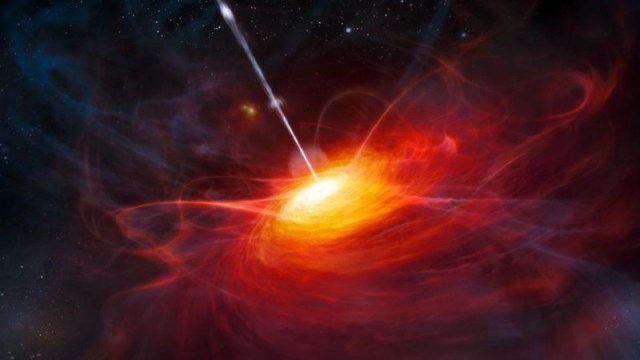Elements of life discovered everywhere in the Milky Way
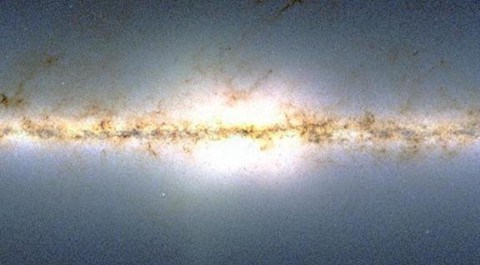
But not every location was created equal.
“Far out in the uncharted backwaters of the unfashionable end of the western spiral arm of the Galaxy lies a small unregarded yellow sun. Orbiting this at a distance of roughly ninety-two million miles is an utterly insignificant little blue green planet whose ape-descended life forms are so amazingly primitive that they still think digital watches are a pretty neat idea.” –Douglas Adams
For a long time, humanity has known that the raw ingredients for life weren’t created at the same time as the Universe, but rather needed to be created, over time, from previous generations of stars. Measuring and mapping the abundances of the individual stars within the Milky Way has previously been impossible, due to the colossal amount of data that one would need to collect and analyze to create such a map, as well as the difficulty in seeing through the dust and matter in the galactic plane. But thanks to years of dedicated observations with the Sloan Digital Sky Survey’s APOGEE infrared spectroscopic survey, such a map is now possible. And quite to the delight of many, they find that the galactic center may have been hospitable to life far before our location in the Milky Way became so.
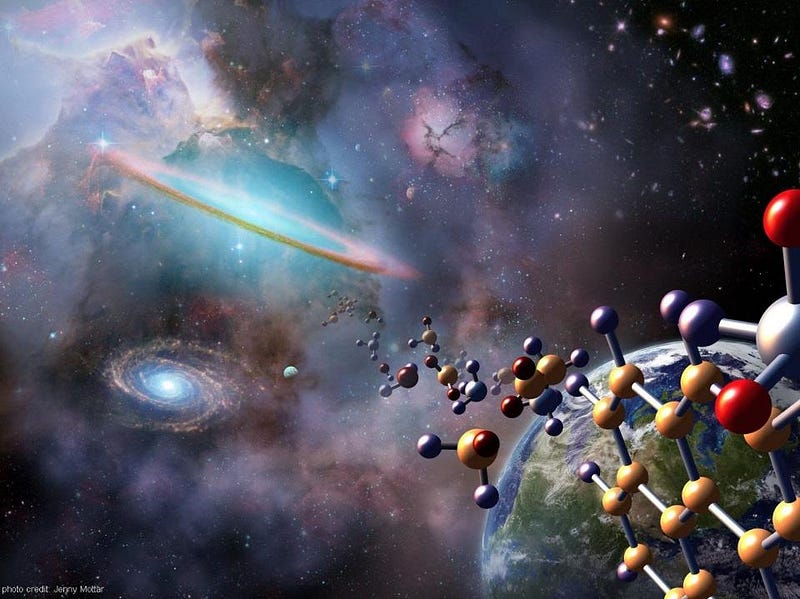
If you want to make life as we know it — chemical-based life based on Earth-like biochemistry — you need a variety of ingredients. You need the raw elements themselves: the atomic nuclei that are fused together in stars, supernovae and neutron star mergers, as well as those blasted apart by cosmic rays. You need those nuclei to find electrons and cool: neutral atoms capable of binding together. You need for them to run into one another in the presence of energy: forming molecules in a variety of configurations. And you need for those molecules to then interact in the interstellar medium: giving rise to organic molecules like sugars, amino acids, aromatics and other carbon-based combinations.
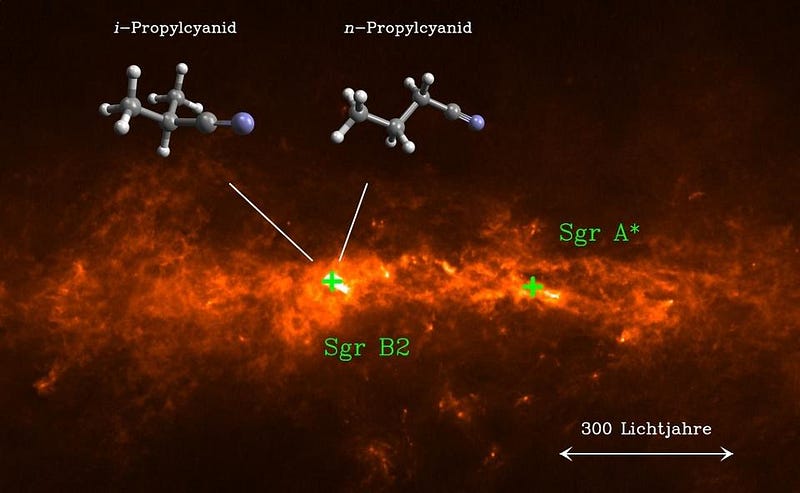
There’s a large gap between these raw ingredients and even the simplest examples of known life, like viruses and prokaryotic organisms, as the path to life has some significant unknowns. But these necessary ingredients are found, so far, everywhere we’ve dared to look. Meteorites that land on Earth have been dissected, and whereas Earth-based life makes use of about 20 amino acids, there are over 60 additional ones found inside of these fallen asteroids — both left and right-handed ones — that aren’t found in life processes on our world. Outflows from stars are seen to contain fullerenes, polycyclic aromatic hydrocarbons and a variety of sugars and carbon-based compounds. And most spectacularly, the galactic center is rife with not only these chemical combinations, but also ethyl formate: the molecule that gives raspberries and rum their unique scent. If you want to know what interstellar space near the galactic center smells like, the answer is raspberries and rum. Well, raspberries, rum and poison, to be a little more precise.
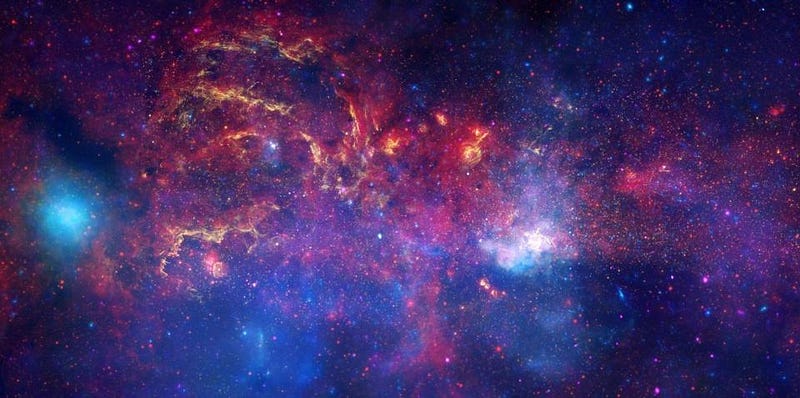
These elements cannot be identified merely by pointing a telescope that collects light, but rather requires a special piece of equipment known as a spectrograph. The light from stars needs to be broken up into the individual, component wavelengths that make it up, where that light can then be analyzed for a variety of signatures. Depending on the atoms, ions and molecules present, as well as the temperature and energies of both the stars themselves as well as the intervening matter, that light will exhibit particular absorption and/or emission spectral lines that tell us what particles are present, and in what abundances. The largest survey ever performed on stars within our galaxy and the elements present within it comes from the Sloan Digital Sky Survey (SDSS), which is a wide-field camera with a spectrograph that, over the span of many years, has taken data from over 150,000 stars throughout the Milky Way.

In a new result from SDSS using the APOGEE spectrograph, scientists Sten Hasselquist and Jon Holtzman have been able to map out more accurately than ever before exactly where the heavy elements necessary for life are located. These elements include carbon, nitrogen, oxygen, phosphorous, sodium, magnesium, aluminum, silicon, sulphur, potassium, calcium, titanium, vanadium, manganese, iron and nickel, all of which SDSS has detected. These are elements that are made through various processes in the Universe, but are essential to life in a variety of ways.
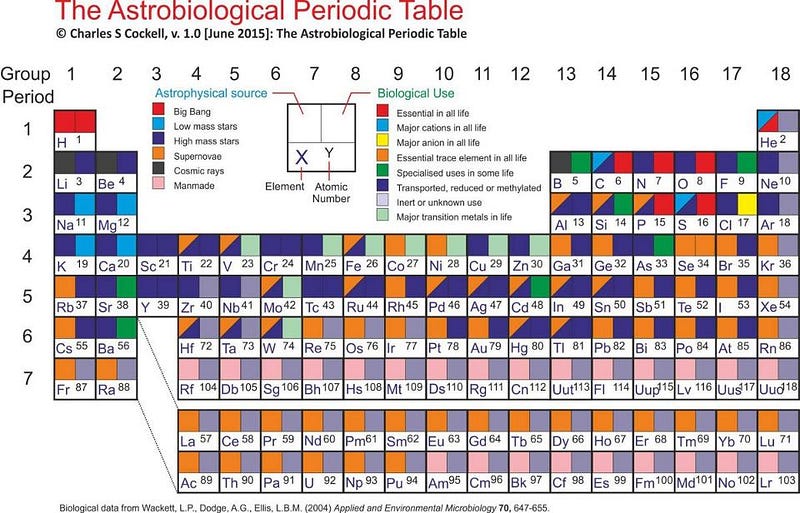
According to Hasselquist,
For the first time, we can now study the distribution of elements across our galaxy. The elements we measure include the atoms that make up 97% of the mass of the human body.
The beautiful part of this new map is that these are stars within the galaxy that cannot be seen with the human eye, even with the aid of the world’s most powerful telescopes. Because of the presence of gas, dust and other matter within the galactic plane, many of the locations within the Milky Way are obscured: they are opaque to visible light.
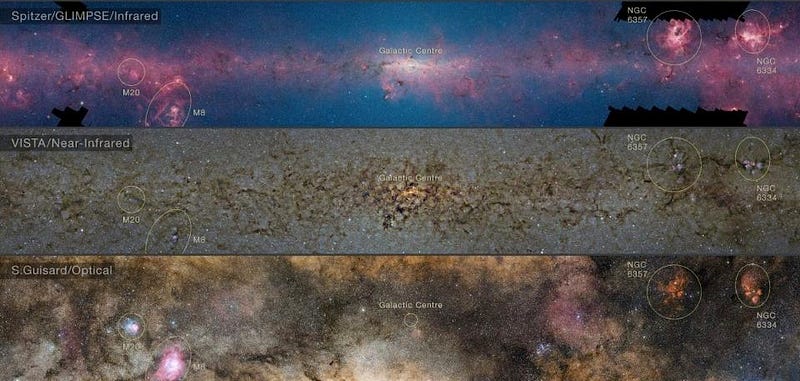
But by looking in the infrared portion of the spectrum, a strongly representative map of the Milky Way’s chemical abundances can be created. According to Holtzman,
By working in the infrared part of the spectrum, APOGEE can see stars across much more of the Milky Way than if it were trying to observe in visible light. Infrared light passes through the interstellar dust, and APOGEE helps us observe a broad range of wavelengths in detail, so we can measure the patterns created by dozens of different elements.
This type of wide-field, infrared spectroscopy can only be performed by a telescope such as SDSS, and there are no plans for anything else that can compete with it until the mid-2020s at least, when NASA’s WFIRST will launch.

The biggest lesson? That the heavy elements responsible for life — the necessary raw ingredients — are found everywhere, but are found in far greater abundance the closer you are to the galactic center. If we require a certain density of these elements in order to have rocky planets capable of housing life, like we think we do, then does this mean that life could have formed earlier in the Universe’s history in regions closer to the galactic center? When pressed, Hasselquist said the following:
We don’t want to speculate about what this means for the possibility of life in the inner parts of the galaxy.
So you are free to speculate as you like, but I’ll leave you with this: the Sun is 25,000 light years from the galactic center, and the inner regions of the galaxy likely reached those same levels of chemical abundances when the Universe around 5 billion years before we were born. As Karen Masters, spokesperson for the Sloan Digital Sky Survey, jokingly said:
Perhaps there’s a reason why they put the Star Wars capitol towards the center of the galaxy!

It turns out that the greatest implications of all may be for what may have happened long ago, in a galaxy far, far away.
This post first appeared at Forbes, and is brought to you ad-free by our Patreon supporters. Comment on our forum, & buy our first book: Beyond The Galaxy!





